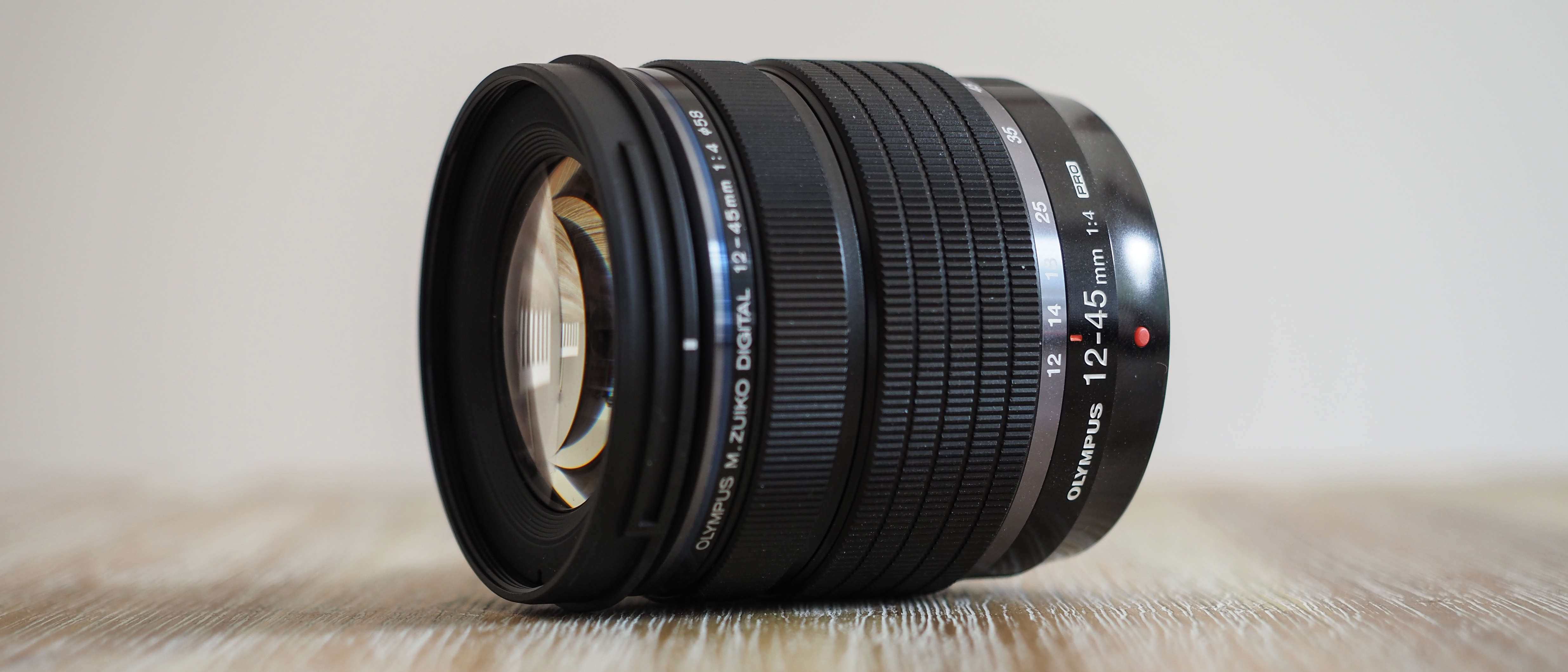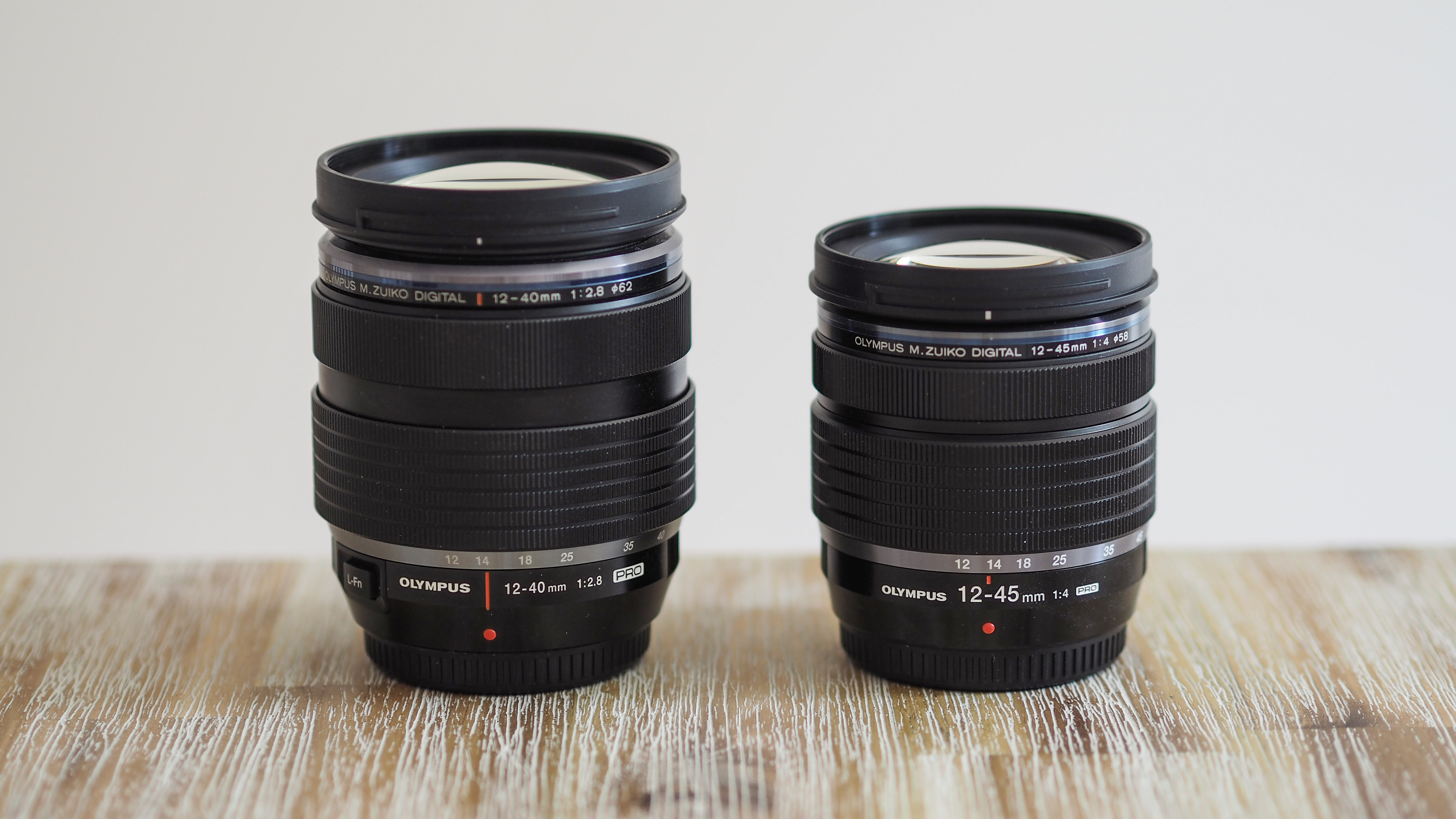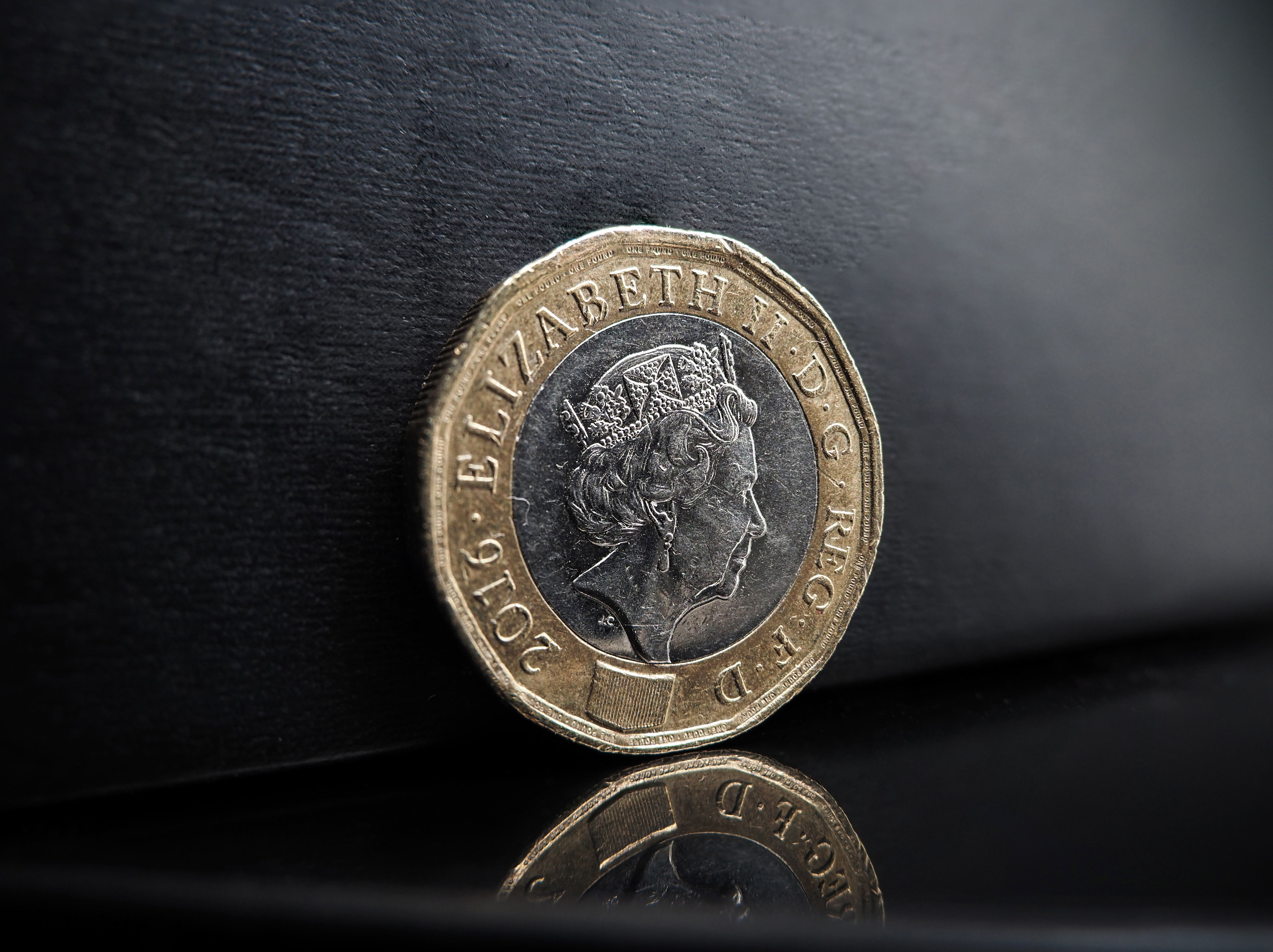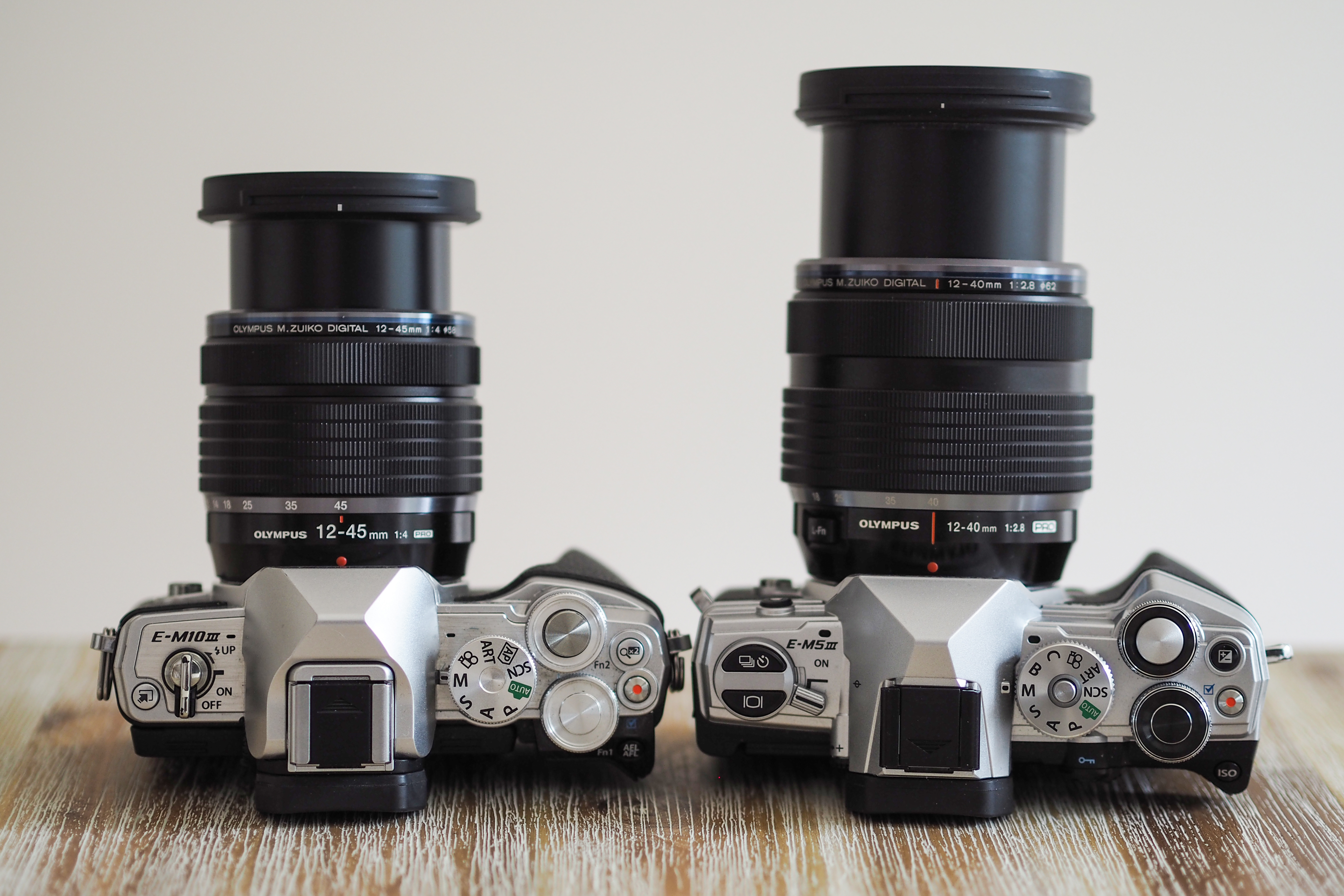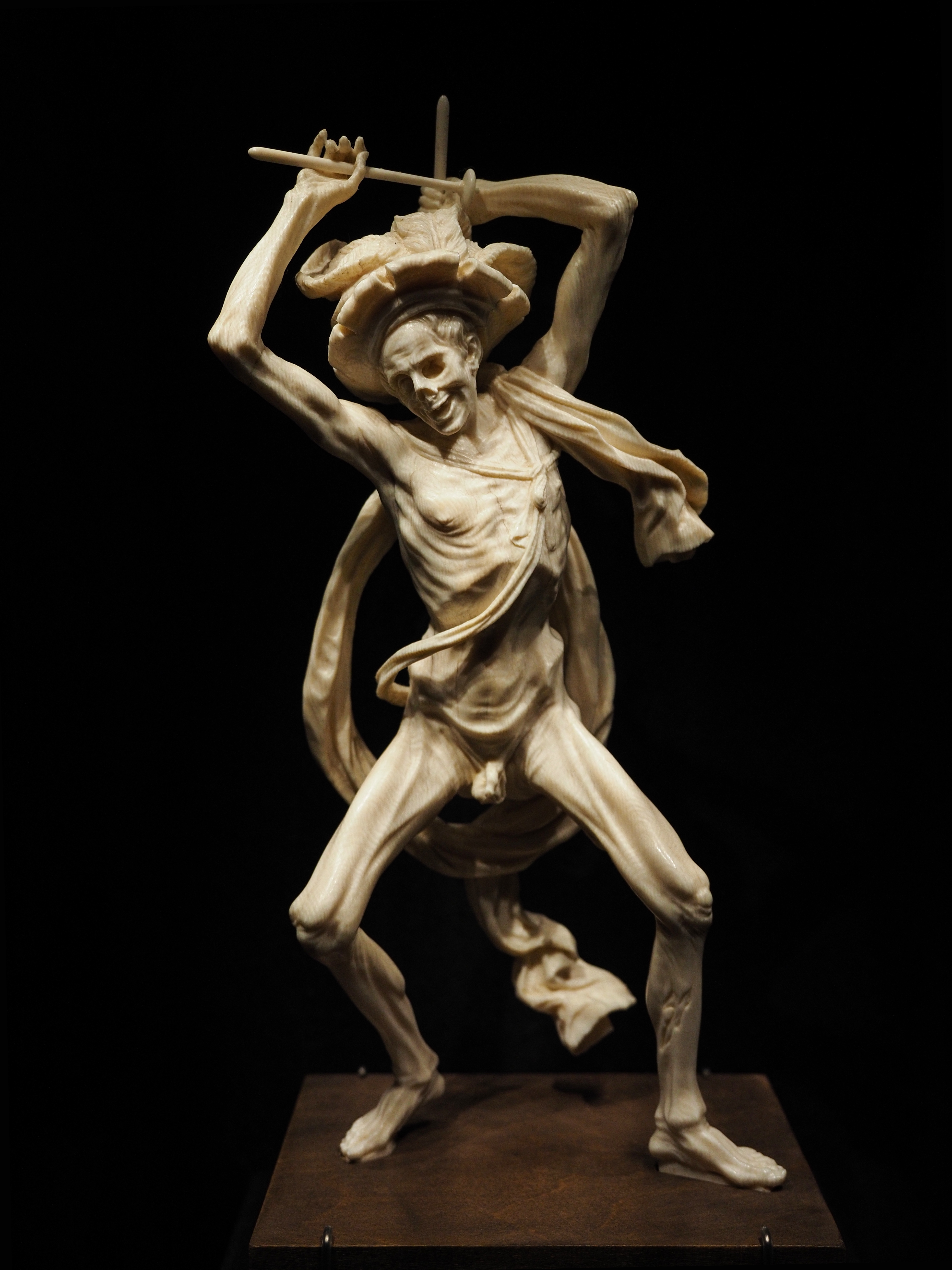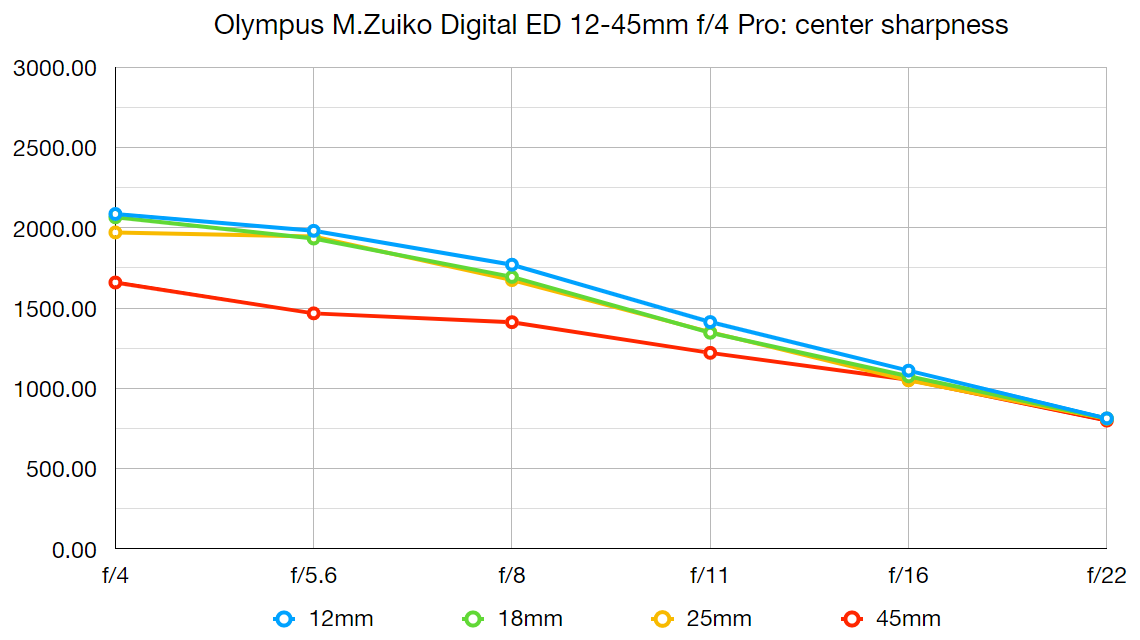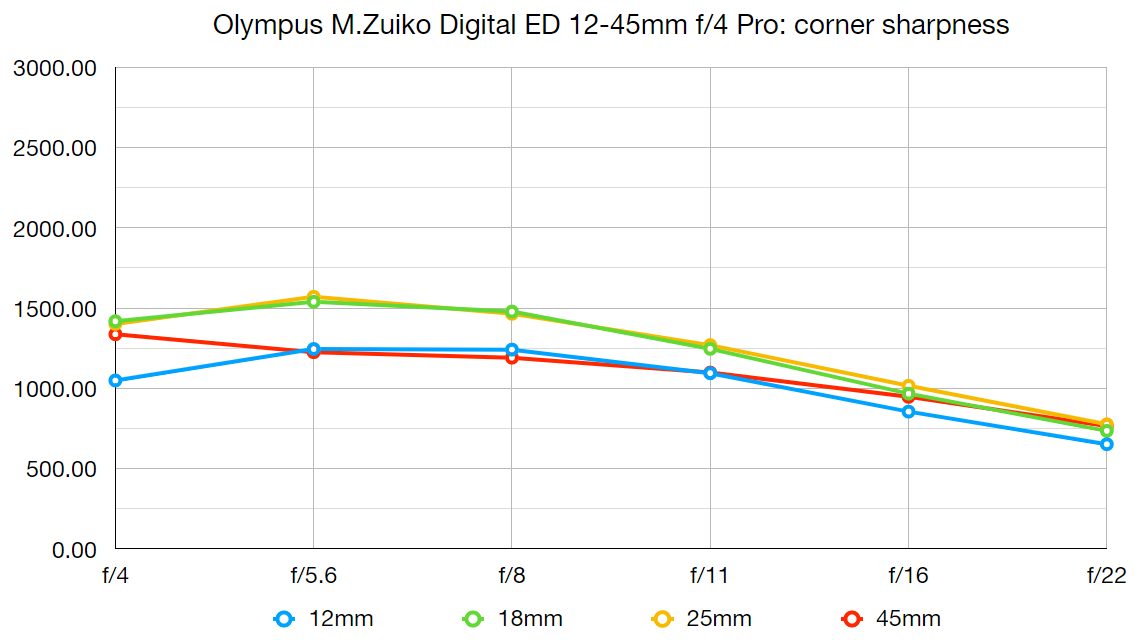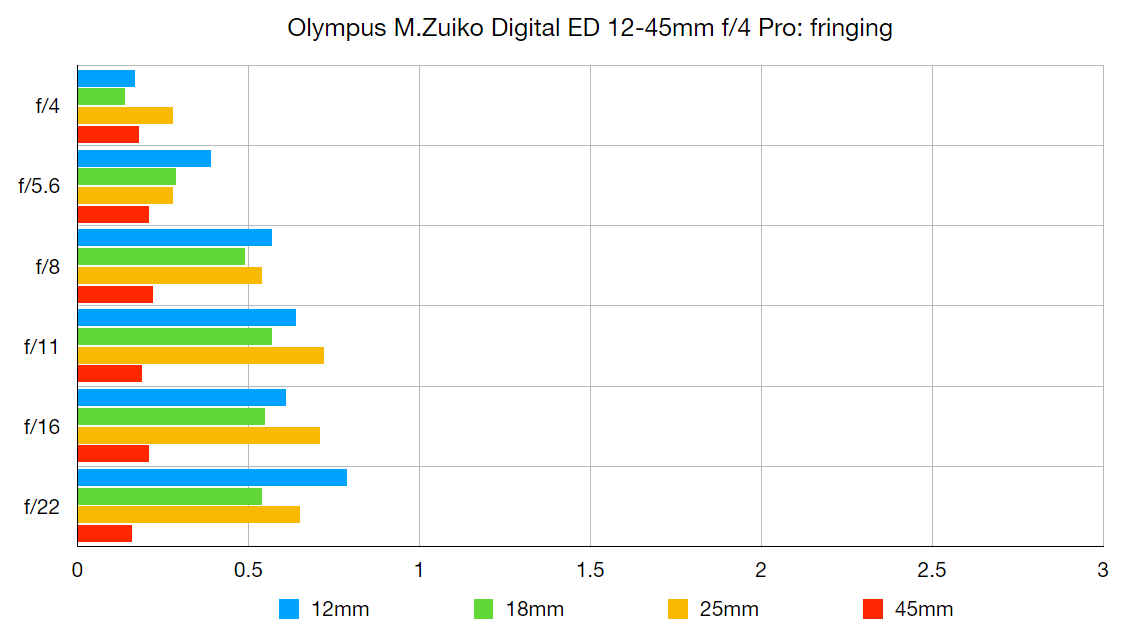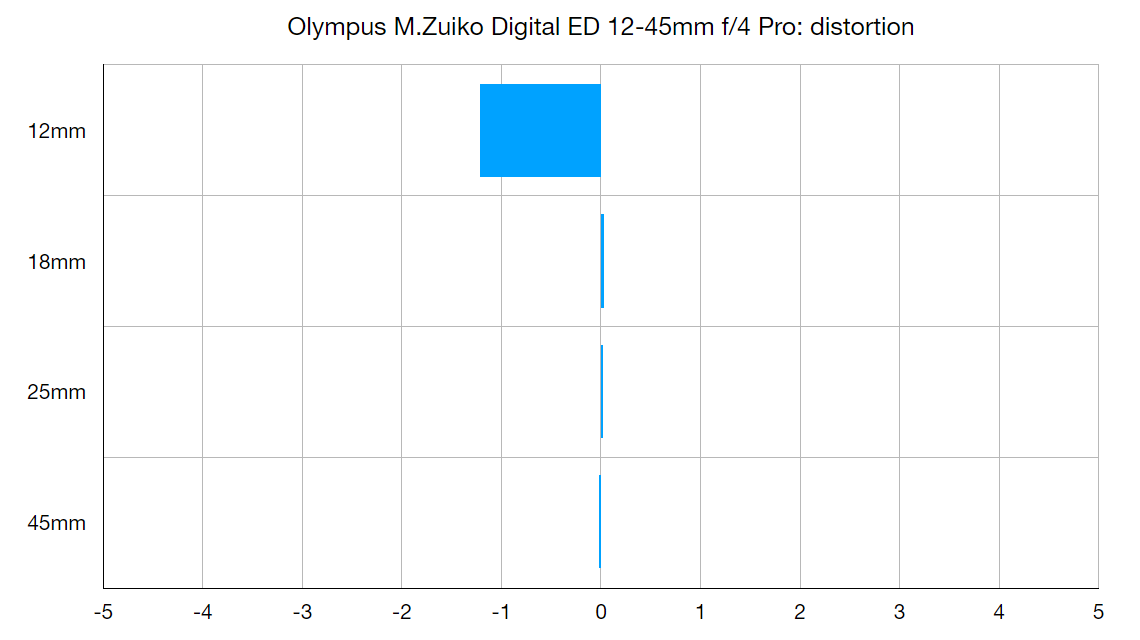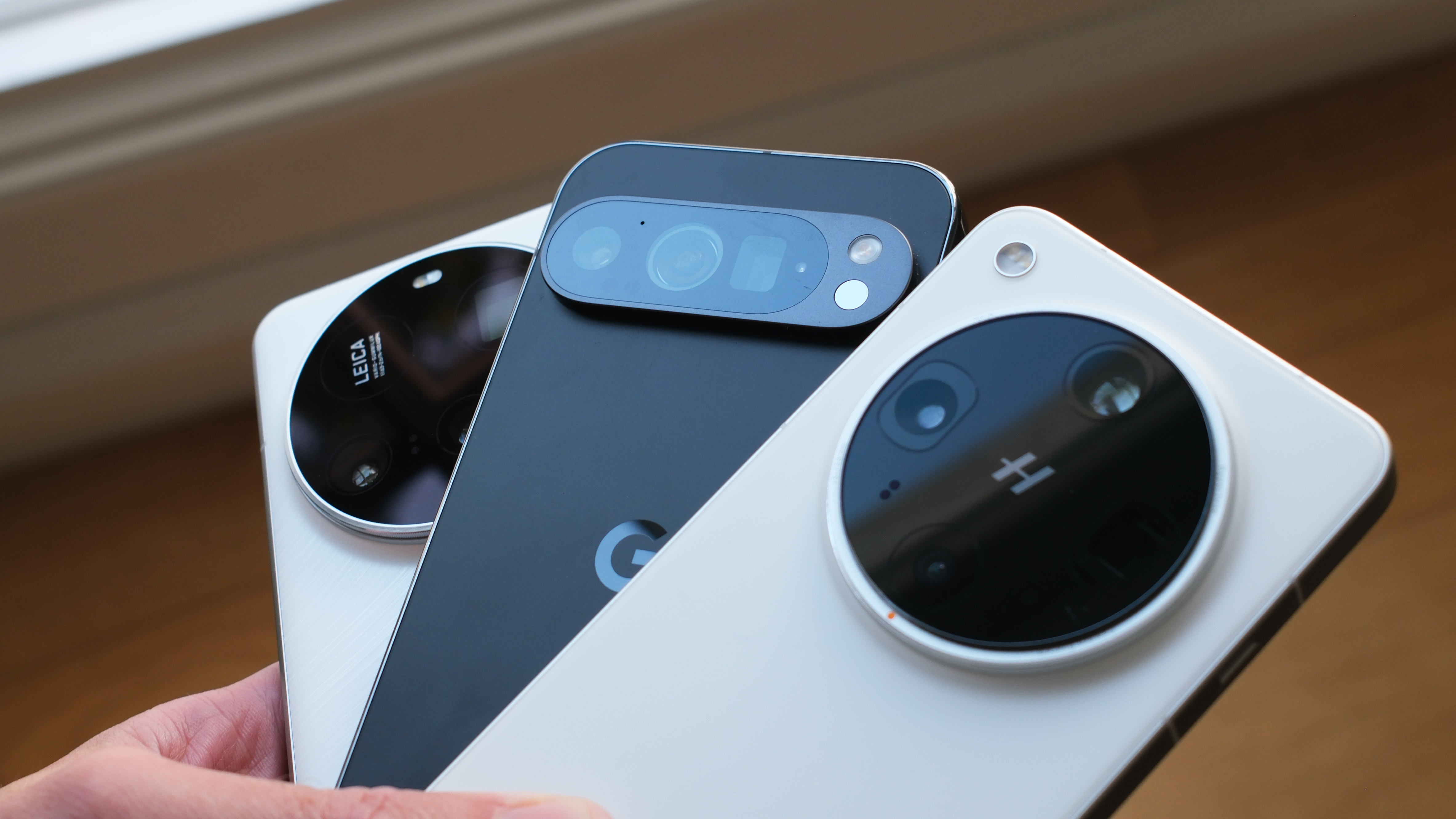Digital Camera World Verdict
The Olympus M.Zuiko 12-45mm f/4 Pro is an interesting proposition. It's a smaller and more affordable version of the 12-40mm f/2.8 Pro, sacrificing speed and functionality in favor of compactness and macro capability. If you shoot in good light or with flash, and especially if you enjoy macro photography, this is a fantastic all-purpose optic. However, since it's only moderately larger and more expensive, we can't think of many situations where we wouldn't opt for the faster 12-40mm lens instead.
Pros
- +
Extremely light and compact
- +
Macro functionality
- +
Fantastic weather sealing
Cons
- -
No focus clutch / guide
- -
No L-Fn button
- -
No Sync-IS
Why you can trust Digital Camera World
The Olympus M.Zuiko 12-45mm f/4 Pro holds an impressive distinction: it is the world’s smallest and most lightweight fixed aperture standard zoom lens (in equivalent 35mm terms, this is a 24-90mm lens).
To put that into perspective, its 254g weight is about the same as a large apple – and its compact 70mm length (and 63.4mm diameter) is actually smaller. So Olympus has achieved an incredible feat of a truly pocketable constant aperture standard zoom – and one that is even capable of macro photography.
Like many standard zooms, the Olympus M.Zuiko 12-45mm f/4 Pro is the smaller and slower alternative to a faster lens in the family – in this case, the The Olympus M.Zuiko 12-40mm f/2.8 Pro. So this begs the question, which lens offers better bang for your buck – and which one is more suited to your specific shooting needs?
Let's find out…
Specifications
Mount: Micro Four Thirds
Lens construction: 12 elements in 9 groups
Angle of view: 84° (wide) / 27° (telephoto)
Diaphragm blades: 7
Minimum aperture: f/22
Minimum focusing distance: 0.12 m (wide) / 0.23 m (telephoto)
Maximum magnification ratio: 0.25x (0.5x 35mm equivalent)
Filter size: 58mm
Dimensions: 63.4 (dia) x 70mm (length)
Weight: 254g
Key features
Obviously the big selling point of the Olympus M.Zuiko 12-45mm f/4 Pro is its size. This feat of engineering is only possible on the Micro Four Thirds format, given the smaller sensor which requires smaller lenses; other APS-C or even full-frame camera bodies can be impressively small, the lenses remain significantly large, meaning that they don't truly offer a complete compact package.
If you're looking for a supremely small and light all-purpose, all-weather setup, mounting this lens on the Olympus OM-D E-M5 Mark III is a great combination that simply can't be beaten on other camera systems.
The best camera deals, reviews, product advice, and unmissable photography news, direct to your inbox!
Its Pro designation means that not only does it feature superior all-metal construction, and remarkable durability for such a lightweight optic, it is fully weather sealed to withstand water, dirt and freezing temperatures – so you only have to stop shooting when you're good and ready.
The 12-45mm f/4 Pro is also a capable macro shooter, able to focus as close as 12cm at the widest end and 23cm at the telephoto, and offering 0.25x maximum magnification (0.5x equivalent, in full-frame terms) across the zoom range.
Build and handling
As noted, since it carries the Pro suffix, the 12-45mm f/4 is a brilliantly built lens, every bit as sturdy and substantial as its bigger f/2.8 brother. Despite its lightness, it feels remarkably solid and will withstand plenty of knocks when shooting in the field. As a Pro lens it is also weather sealed, and thus makes a perfect partner for bodies like the Olympus OM-D E-M1 Mark III or E-M5 Mark III.
In everything from looks to handling to build quality, it is incredibly similar to the 12-40mm f/2.8 Pro – almost as if the larger lens was simply shrunk in the wash. So if you're familiar with its sibling, you'll be right at home here.
There are, however, some distinct differences in functionality. The biggest difference is that the 12-45mm f/4 Pro doesn't possess the manual focus clutch (and, thus, nor the distance gauge), so you cannot quickly 'pop' it into manual focus on the fly. Likewise it omits the L-Fn function button, so it's a very straightforward lens to operate – though one that is, arguably, lacking the inputs required of a pro optic.
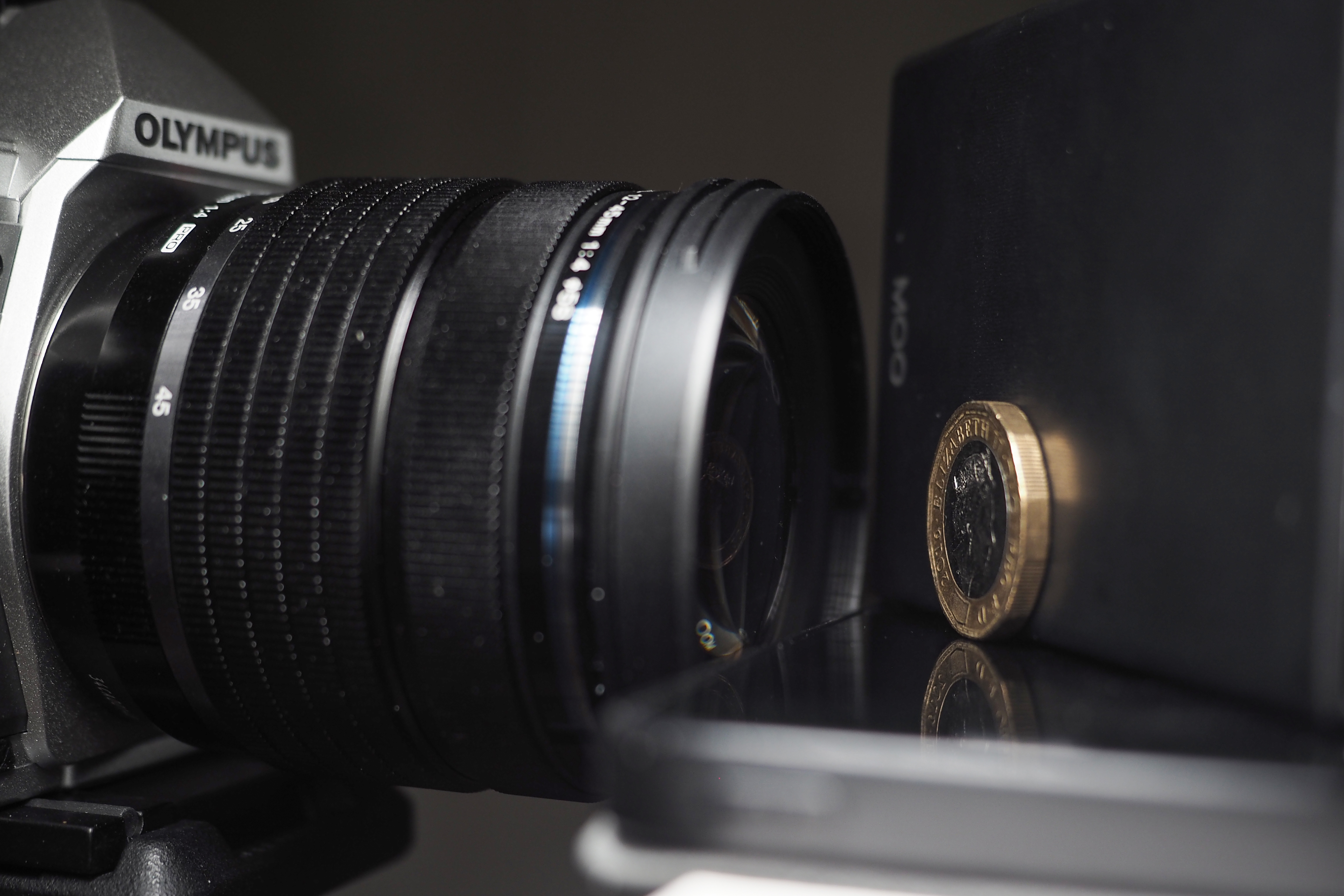
Performance
Olympus wasn't kidding when it said this lens is sharp across the entire zoom range; we've used sharper Oly glass, certainly, but performance across this range is impressive indeed – especially when shooting macro. Its autofocus is fast and accurate, too, and in all respects this is an excellent performer within its capabilities. It's very hard to fault the 12-45mm f/4 Pro for what it does.
However, it isn't quite so hard to fault the 12-45mm f/4 Pro for what it doesn't. That f/4 aperture might keep the lens nice and light, but it does rather restrict your ability to take pristine shots in subpar light. For their many advantages, Micro Four Thirds sensors still aren't at their best when ISOs are pushed; while the E-M5 Mark III and E-M1 Mark III can tolerate higher sensitivities much better than their predecessors, this can still lead to muddy images on the older Mark IIs or the Olympus OM-D E-M10 Mark III.
If you usually photograph somewhere with abundant natural light, or if you shoot in a studio or mobile setup with supplemental light, this won't be a problem. However, a standard zoom is intended as a walkabout lens – which means that, sooner or later, you'll need to start stretching your shutter speed.
Olympus' rock-solid in-body image stabilization does a great job of facilitating this, though an f/4 lens would certainly have benefitted from the Sync IS technology (which significantly amplifies the in-body image stabilization of Olympus bodies) found in other Pro lenses. Of course, if you're a landscape photographer or a shooter of static scenes using a tripod, this point is moot.
The f/4 aperture does mean that you are limited in the achievable shallowness of depth of field. Micro Four Thirds' 2x crop factor effectively turns that f/4 into an f/8, in 35mm terms, meaning that you won't be able to achieve much background blur even shooting at the 90mm equivalent telephoto extreme. That said, the bokeh rendition is very pleasing.
Conversely, that f/4 aperture can also work to your advantage. That same crop factor actually makes this the street photography lens that Weegee dreamed of; you still have the benefit of the f/4 aperture in terms of the amount of light gathered, but you can also exploit the equivalent "f/8 and be there" depth of field – making this a formidable street shooter, under appropriate conditions.
Likewise, the increased depth of field also comes into its own for macro photography. While the dedicated Olympus 60mm f/2.8 Macro is superior in this regard, the 12-45mm f/4 Pro produces very pleasing photographs – and the effective f/8 aperture makes working with small and close subjects much more convenient. Combined with the Focus Stacking or Focus Bracketing on Olympus bodies, this gives you a marvelous light macro imaging setup.
In terms of video, 12-45mm f/4 Pro performs much like the 12-40mm f/2.8 Pro; its autofocus is fast and quiet, with the constant aperture enabling you to push in and out without worrying about changes to exposure. The fact that it's so lightweight, combined with greater ISO leeway when shooting video, makes it a versatile run-and-gun lens – particularly with the E-M1 Mark III and E-M5 Mark III, both of which features superior low light sensitivity and aggressive phase detect.
Lab tests
Sharpness
For a zoom lens, the 12-45mm f/4 Pro performs superbly for centre-frame sharpness, especially wide open. Only at 45mm is center sharpness more average, but it's still acceptable.
Corner sharpness is very good at 18mm and 25mm, but softer at each end of the zoom range. We'd expect this from a wide-angle zoom lens, though.
Fringing
Chromatic aberration, visible as purple fringing on the edge of high-contrast boundaries towards the periphery of an image, is basically a non-issue for the 12-45mm f/4 Pro. It's so minimal at all that you're unlikely to spot any fringing in real world shooting with this lens.
Distortion
Lens distortion is automatically corrected by our E-M5 III test body, and this feature can't be disabled, so the figures shown here do not represent the true extent of this lens' optical distortion. Even with compulsory in-camera correction, there's still slight barrel distortion visible at 12mm, but not enough to cause any concern.
Verdict
Used within the context of its capabilities, the Olympus 12-45mm f/4 Pro delivers great results at both the wide and telephoto end, particularly when shooting macro – it is a superbly optically refined optic. The f/4 aperture is both a blessing and a curse, thanks to Micro Four Thirds' unique properties, in some situations forcing you to push your ISO past your comfort zone, and in others enabling you to take great street and environmental shots.
As an all-purpose walkabout lens, a slip-in-your-pocket standard zoom, as well as a versatile video lens, it is a very capable performer if you approach its slower aperture with consideration. And if your primary shooting purpose is taking landscapes, or other subjects where you'll be using smaller apertures, this could well be the perfect lens for you.
However, we struggle to think of many situations where we would actively choose this lens over the Olympus 12-40mm f/2.8 Pro. While it is larger, heavier and pricier, in all cases it is only moderately so; for a few hundred notes more, you will get a much faster and more versatile lens. So unless you're a macro shooter, we'd put a few more pennies towards the big brother.
Read more:
The best Micro Four Thirds lenses in 2020: lenses for Olympus and Panasonic
Olympus M.Zuiko Digital ED 12-200mm F3.5-6.3 review
The best Olympus camera in 2020: for Instagrammers, enthusiasts and pros

James has 25 years experience as a journalist, serving as the head of Digital Camera World for 7 of them. He started working in the photography industry in 2014, product testing and shooting ad campaigns for Olympus, as well as clients like Aston Martin Racing, Elinchrom and L'Oréal. An Olympus / OM System, Canon and Hasselblad shooter, he has a wealth of knowledge on cameras of all makes – and he loves instant cameras, too.
